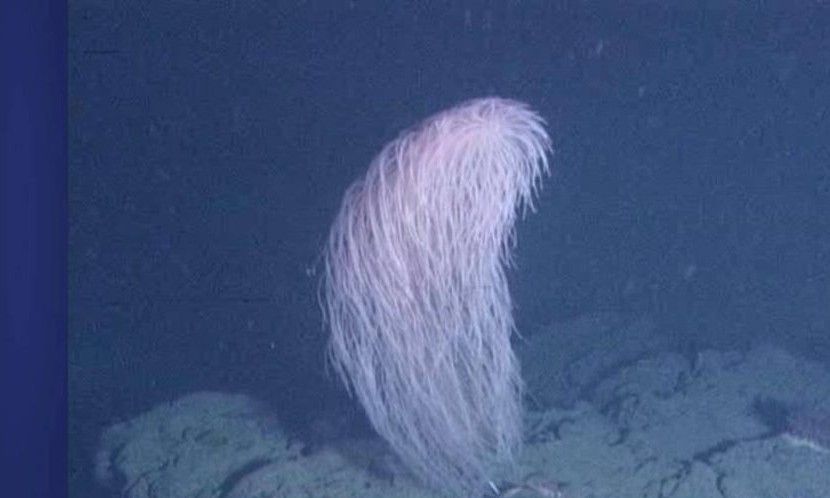Introduction
The discovery of Iridogorgia chewbacca has generated interest among scientists and the general public alike. Found in the tropical western Pacific Ocean, this unique coral species was named after the iconic Star Wars character Chewbacca, due to its hairy appearance resembling the fictional figure.
1. Background and Discovery
The coral was first observed in 2006 but remained scientifically unclassified for years.
Recent confirmation came after:
Detailed genetic analysis
Examination of morphological (physical) traits
The breakthrough was made by Prof. Les Watling, Professor Emeritus, University of Hawaiʻi Mānoa’s School of Life Sciences.
Watling, while reviewing Chinese research and drawing upon his experience with NOAA and Hawaiian deep-sea ecosystems, recognised it as a previously undocumented species.
Officially published in the scientific journal Zootaxa, ensuring its recognition in the global taxonomy record.
2. Physical Characteristics
Branching Structure: Long, curly branches, shiny in appearance, unusual for deep-sea corals.
Hair-like Features: Branches appear hairy, resembling Chewbacca’s fur.
Growth Habit: Upright and solitary, like a tall figure standing alone on the ocean floor.
Visual Uniqueness: Easily distinguishable from other Iridogorgia species due to its curly, reflective, and furry-like morphology.
3. Ecological and Scientific Importance
Biodiversity Marker: Highlights the vast, still unexplored biodiversity of the Pacific Ocean.
Ecosystem Role: Corals act as habitats for deep-sea organisms, contributing to marine food webs.
Conservation Value: Documentation is essential to protect fragile deep-sea ecosystems from:
Deep-sea mining
Trawling
Climate change-induced ocean warming and acidification.
Knowledge Expansion: Adds to our understanding of Iridogorgia genus and coral evolution.
4. Popular Culture and Science
Naming after Chewbacca (Star Wars character):
Bridges the gap between scientific discovery and public imagination.
Attracts attention beyond the scientific community.
Enhances public support for marine exploration and conservation efforts.
Shows how science communication can be made more engaging.
5. Geographical Distribution
Found in the tropical western Pacific Ocean, a biodiversity hotspot.
Region noted for:
Rich marine ecosystems
High endemism (species unique to the region)
Sensitivity to ecological threats (fishing, mining, pollution).
The discovery underlines the importance of continued deep-sea research in the Pacific.
6. Relevance for UPSC Examination
Environment & Ecology (GS Paper III, Prelims & Mains):
Deep-sea biodiversity and its conservation.
Role of corals in marine ecosystems.
Science & Tech (GS Paper III):
Use of genetic analysis in taxonomy and species discovery.
Current Affairs (Prelims & GS Mains):
Naming of new species.
International collaboration in marine research.
Ethics and Society (Essay / GS Paper IV):
Science communication through popular culture references.







